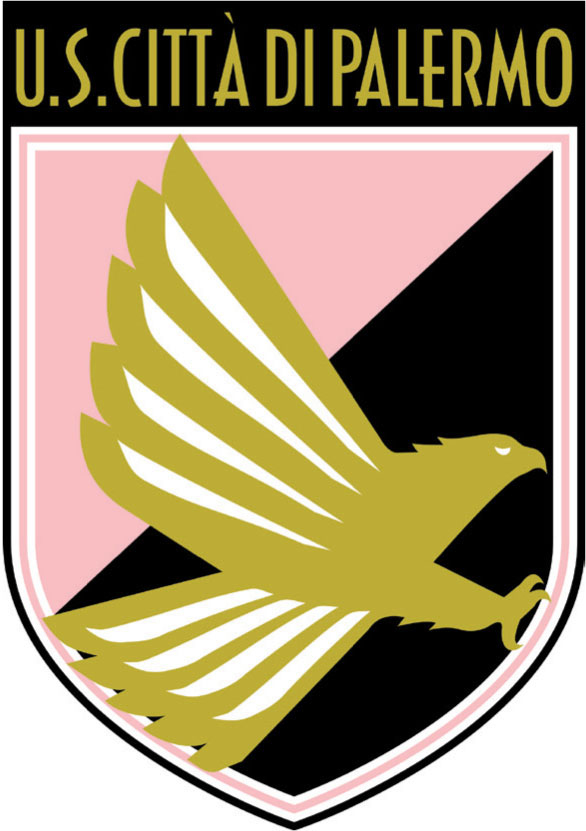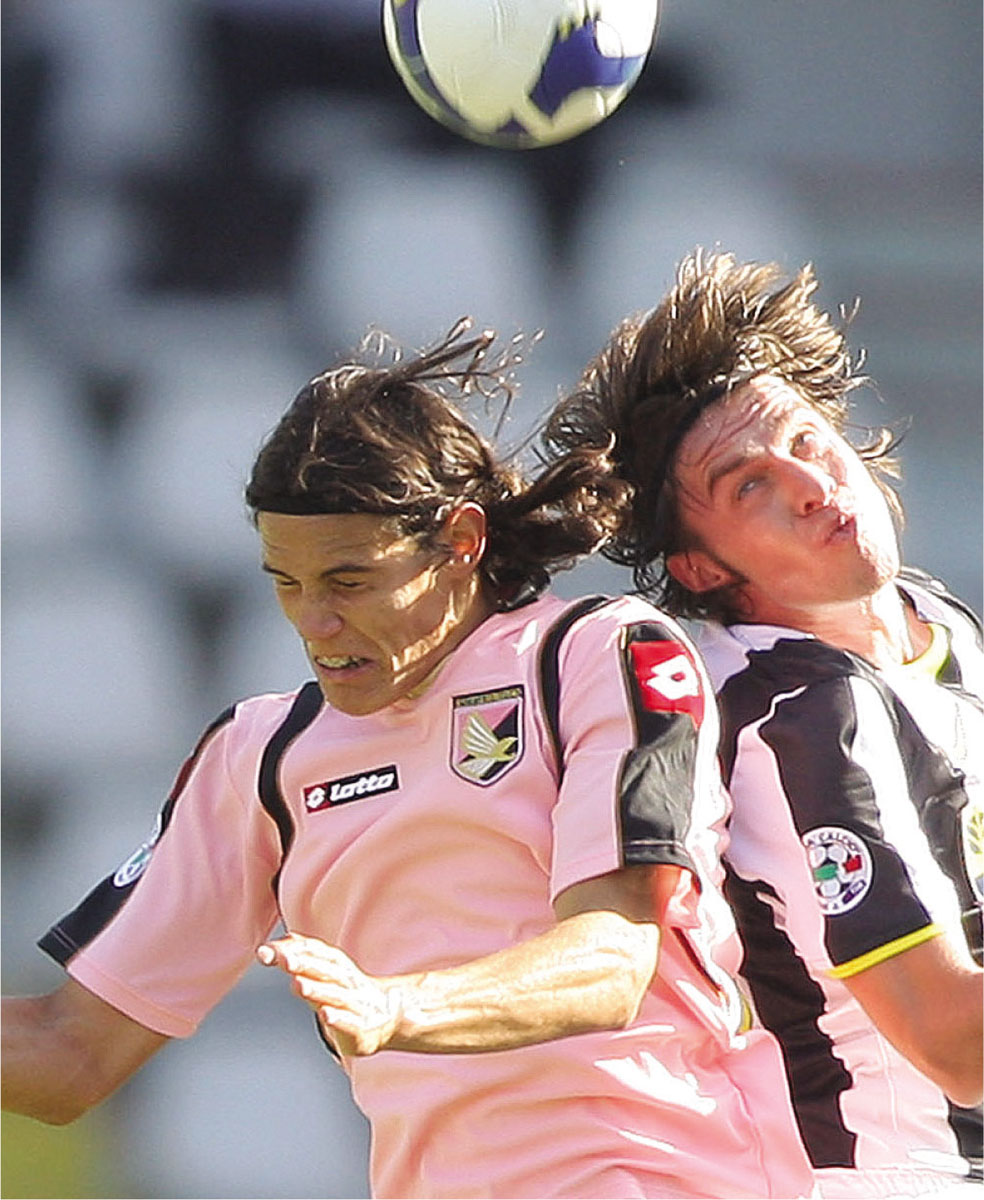
PALERMO
ITALY’S SOUTHERN EAGLES
Maurizio Zamparini, the owner who led Palermo back to Serie A, is not a patient man. On the contrary, he is known for his explosive temper, his controversial statements and his ability to work his way through managers as if they were on a conveyor belt. From the time he bought the Sicilian club in 2002 to the summer of 2018, Zamparini changed managers more than 40 times, something reminiscent of his days as the owner of Venezia between 1987 and 2002. Among his questionable claims to fame, Zamparini can boast of being the only owner in the history of Serie A to have changed his head coach eight times during one season.
Palermo’s fans and the club’s eccentric owner have a love-hate relationship. On the one hand, the fans have suffered through Zamparini’s destructive capriciousness. On the other hand, the club would not have made it to Serie A without him. Until then, the great Sicilian club Palermo had spent 31 years languishing in the lower divisions, most often in Serie B and occasionally even the third division. With the arrival of the businessman Zamparini came money and a vision that the club was good enough for Serie A. Players of the calibre of Luca Toni and Fabio Grosso were acquired, and it would take only two years under the new owner for Palermo to return to Serie A.
Thereafter the club experienced a roller coaster of seasons. Success, including European campaigns, alternated with major downturns and fights for survival in Serie A. Founded in 1900 as Palermo – or Unione Sportiva U.S. Città di Palermo to give them their full name – the colours on the kit were adopted in 1907. The colours on the crest in 1926. The iconic eagle shown on the club crest is inspired by the coat of arms of the city of Palermo.
CLUB: U.S. Cittá di Palermo
NICKNAMES: Rosanero (the Pink and Blacks) and Le Aquile (the Eagles)
FOUNDED: 1900
STADIUM: Stadio Renzo Barbera, Palermo (36,349 capacity)
HISTORIC PLAYERS: Santiago Vernazza, Roberto Biffi, Luca Toni, Andrea Barzagli, Edinson Cavani and Fabrizio Miccoli

1920–1929. Despite the club officially beginning in 1900 under the name Anglo-Palermitan Athletic and Football Club, the first emblem announces that the team was in fact founded in 1898. In the beginning they used red and blue match jerseys. It wasn’t until 1907 that they began to play in pink and black, inspired by the journalist Giuseppe Airoldi, who argued that the colours suited the uneven performances of the team, symbolising ‘sorrow and sweetness’. Palermo’s first emblem was blue and white because the club was inspired by the Argentine side Racing. Only in 1926 was it changed to pink and black.

1982–1987. The eagle took its place in the club crest in 1947 and comes from Palermo’s city crest. The bird was then modernised in 1982, by the owner Roberto Parisi, who wanted to put his mark on the club from the outset. This emblem was dropped when Palermo went bankrupt in 1986, in order to be re-formed the following year.

1987–1991. Even after the bankruptcy the eagle came to play a central role in Palermo’s emblem. This time it was white to symbolise purity and a new beginning. The emblem was the first to include the club’s new name.

1991–1995. In 1991 the owner Giovanni Ferrara presented this crest. The posture of the eagle is meant to symbolise Palermo striving upwards through the leagues.

2000–present. Two years before Zamparini’s arrival, this emblem was introduced by then owner Franco Sensi, who also owned Roma. It was with this crest that Palermo lived up to the image of the eagle’s upward thrust, with their promotion to Serie A in 2004.

In his time at Sicilian club Palermo, Uruguayan striker Edinson Cavani was nicknamed ‘El Matador’ on account of his composure in front of goal.